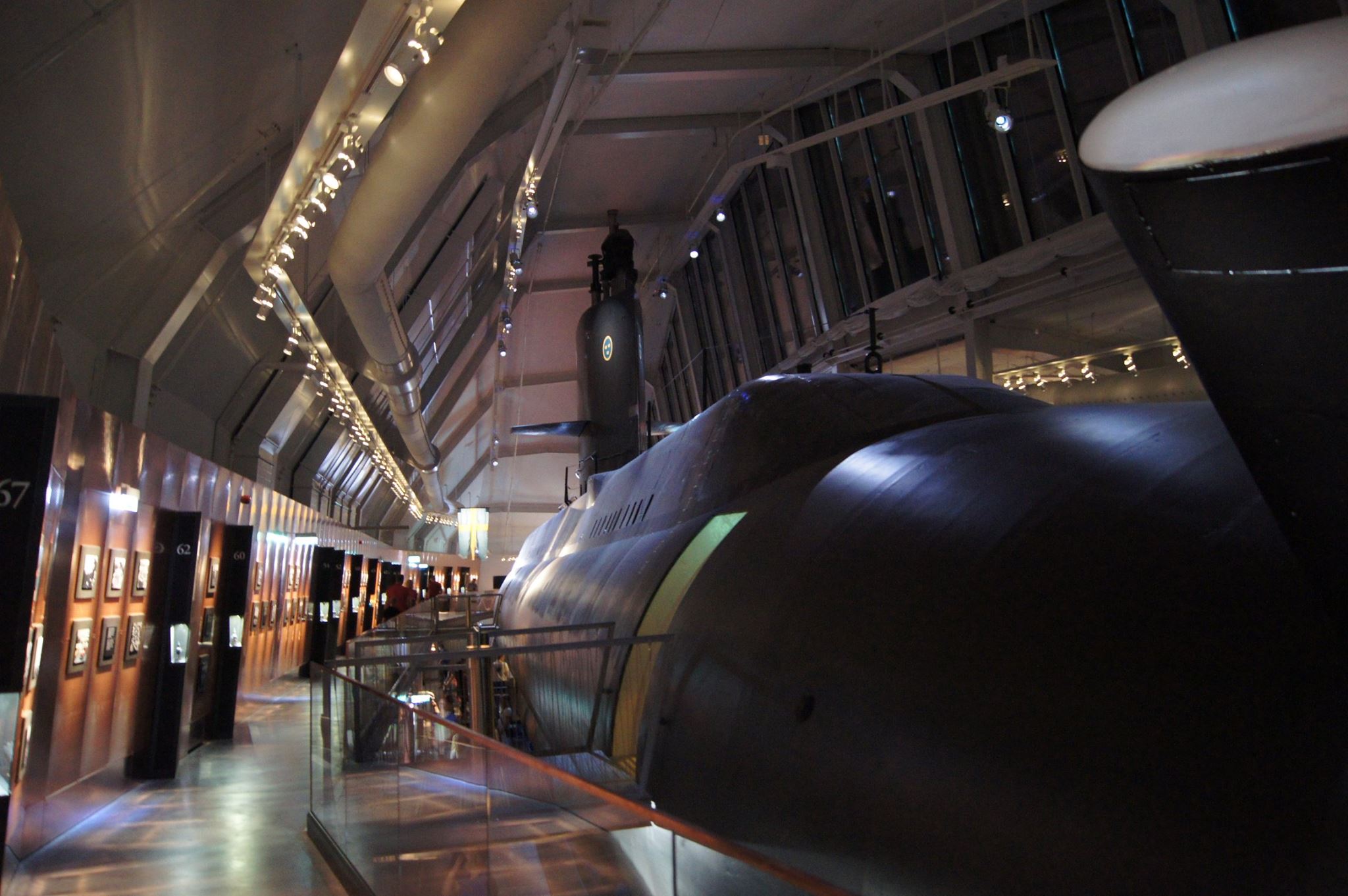With only three torpedoes, a top speed of just over nine knots, and no heating equipment, the submarine Hajen (The Shark) would not intimidate a modern Navy. However, when it was launched in 1904, Hajen was a terrifying state-of-the-art naval war weapon.
The birth of the Swedish submarine
The man behind Hajen was Carl Richson, a crofter's son from the Swedish province of Södermanland. He was a marine engineer who lived in the US for ten years, where he became head of the design office of the naval dockyard in New York and a well-renowned ship designer.
In 1897, Richson moved back to Sweden where he started working at the Maritime Administration. He was soon placed in a position that would prove highly important as the Swedish Navy prepared to enter the new century.
Inspiration from the US Navy
In 1900, the US Navy obtained its first modern submarine, designed by John Philip Holland. The Swedish government soon realised the great opportunities that the underwater ship would bring.
For this reason, Carl Richson was sent to the US to learn more about submarine design. In 1901, he got the prestigious assignment of developing drawings for the Swedish Navy's very first submarine. One year later, the government decided to allocate 400.000 SEK to the project, and in November of the same year, King Oscar II approved the drawings.
In July 1904, the submarine named Hajen was launched.
High-tech in the early 1900s
At the beginning of the 1900s, Hajen was a powerful submarine. It had a 45-centimeter torpedo tube and three torpedoes. Hajen was run by a 200-horsepower kerosene engine. It had a surface top speed of 9.5 knots and a submerged top speed of 6.5 knots. Its maximum diving depth was 30 meters. The boat lacked all normal comfort facilities for the eight to twelve crewmen. For example, there was neither a heater nor a toilet.
Hajen could be underwater for about 13 minutes. Submerged, her propellers were run by batteries that were charged using the kerosene engine, and the batteries could only be charged when Hajen was at the surface.
Ready for war
The Swedish Navy had little to no experience with submarines at war, even though they had performed several exercises and trial runs.
Yet it was not long until Hajen was deployed in a genuinely threatening situation. In 1905, the risk of war between Sweden and Norway was palpable, as the Norwegians demanded to leave the union between the two countries. Hajen was sent to Gothenburg to be deployed in a possible attack on Norway, but by the end of October 1905, the crisis came to a peaceful ending with the dissolution of the union.
Naval training ship
In 1915–1916, Hajen was rebuilt and improved in different ways. For example, the kerosene engine was replaced with a diesel engine. In connection with the rebuilding, her name was also changed to the less imaginative Underwater Boat No. 1. Toward the end of her career in the Navy, Hajen was used as a naval training ship.
Hajen was taken out of service in 1922, and four years later, she was on the verge of being scrapped. Thankfully, that did not happen. Today she is displayed in the Submarine Hall at the Naval Museum in Karlskrona.

